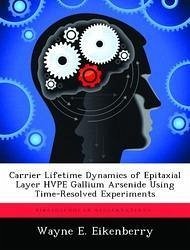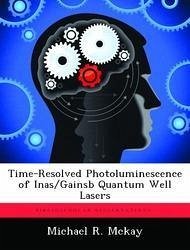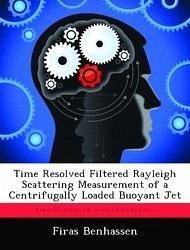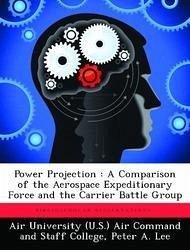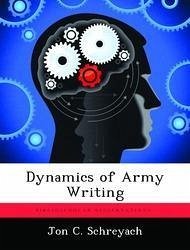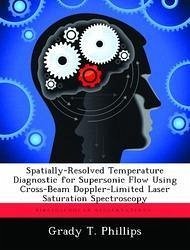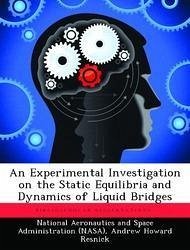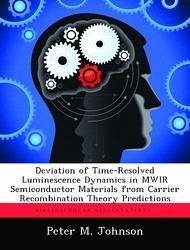
Deviation of Time-Resolved Luminescence Dynamics in MWIR Semiconductor Materials from Carrier Recombination Theory Predictions
Versandkostenfrei!
Versandfertig in über 4 Wochen
53,99 €
inkl. MwSt.

PAYBACK Punkte
27 °P sammeln!
Time resolved luminescence spectroscopy was used to characterize luminescence decay curves for a bulk InAs sample and an InAsSb type-I quantum-well sample over the first 3ns following excitation. The luminescence decay curves were then converted to carrier densities and used to find recombination coefficients that provided the least-squared-error solution of the rate equation describing carrier recombination. Recombination coefficients describing Shockley-Read-Hall (ASRH), radiative (Brad), and Auger (CAug) recombination were determined at two different temperatures and four excitation powers,...
Time resolved luminescence spectroscopy was used to characterize luminescence decay curves for a bulk InAs sample and an InAsSb type-I quantum-well sample over the first 3ns following excitation. The luminescence decay curves were then converted to carrier densities and used to find recombination coefficients that provided the least-squared-error solution of the rate equation describing carrier recombination. Recombination coefficients describing Shockley-Read-Hall (ASRH), radiative (Brad), and Auger (CAug) recombination were determined at two different temperatures and four excitation powers, then analyzed for consistency and physicalsignificance. For all of the resulting least squares fits, a minimum of one recombination coefficient was negative. While this could be explained in terms of unconfined carriers in the quantum structure, the lack of a trend in the parameters with excitation power indicates that this was not the sole contributing factor.






